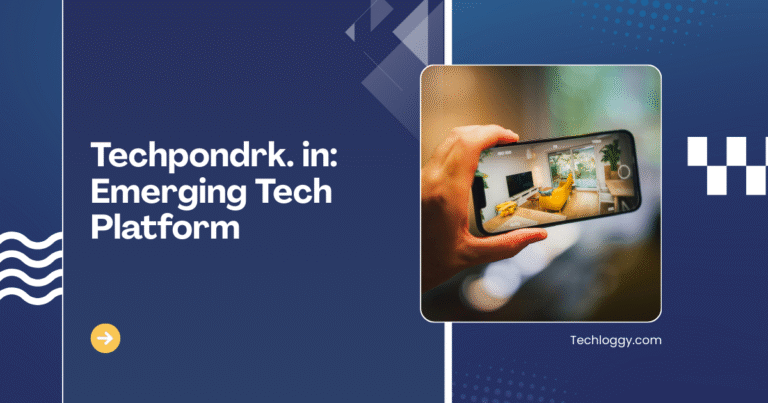
The landscape of Search Engine Optimization (SEO) has shifted dramatically in recent years. No longer do search engines reward keyword stuffing or disorganized articles. Instead, modern algorithms emphasize clarity, relevance, and semantic depth. To thrive in this environment, businesses must focus on two critical elements: SEO content structure and Latent Semantic Indexing (LSI) keywords. Together, they form the foundation of effective, high-ranking content that engages readers and drives measurable results.
Defining SEO Content Structure
SEO content structure refers to the way content is organized, presented, and optimized for both users and search engines. Well-structured content ensures that information flows logically, making it easy to consume while signaling topical relevance to search engines.
Key elements of an optimized content structure include:
- Hierarchical Headings (H1, H2, H3): Establishes logical order.
- Readable Formatting: Short paragraphs, bullet points, and visual breaks.
- Strategic Internal & External Links: Enhances authority and context.
- Meta Optimization: Titles, descriptions, and alt text for clarity and visibility.
When implemented effectively, structured content can do more than boost rankings—it can also Convert Website Visitors with Garage2Global, turning search traffic into tangible business growth.
Understanding LSI Keywords
Latent Semantic Indexing (LSI) keywords are contextually related terms that enrich content meaning. They allow search engines to interpret content intent more accurately, ensuring higher topical relevance.
For example, an article targeting “SEO strategy” may include LSI terms such as:
- digital marketing
- keyword research
- backlinks
- on-page optimization
- search ranking
These related keywords help diversify content without over-relying on a single phrase. Solutions such as the Ben Stace Semantic SEO Writing Tool can assist in identifying and integrating the most effective semantic terms seamlessly.
The Synergy Between Structure and LSI Keywords
When combined, well-structured content and LSI keywords create a powerful synergy:
- Improved User Experience – Clear, accessible structure keeps readers engaged longer.
- Stronger SEO Signals – Semantic keywords reinforce topical depth and context.
- Greater Authority – Search engines perceive the content as trustworthy and comprehensive.
- Future-Proof Optimization – Semantic SEO aligns with natural language and voice search trends.
This integration ensures content is not only visible but also valuable to the audience.
Best Practices for Implementing LSI Keywords
To maximize effectiveness, LSI keywords should be applied strategically:
- Begin with in-depth keyword research to define your core topic.
- Use tools, related searches, and semantic analysis to find supporting terms.
- Incorporate LSI keywords naturally within headings, paragraphs, and FAQs.
- Avoid keyword overuse, maintaining a conversational flow.
- Continuously monitor performance and refine based on analytics.
Conclusion On SEO Content Structure and the Strategic Use of LSI Keywords
Modern SEO requires a balanced approach that prioritizes both content structure and semantic relevance. By applying best practices in structuring articles and leveraging the power of LSI keywords, businesses can achieve higher rankings, stronger engagement, and sustainable visibility in competitive markets. In short, effective content is not only about what you say, but also how you organize and enrich it.
Frequently Asked Questions
1. What is an LSI keyword?
An LSI keyword is a related phrase that helps search engines better understand content context and user intent.
2. Why is content structure important for SEO?
A well-structured format improves readability, user experience, and search engine indexing.
3. Can I rank without using LSI keywords?
Yes, but including them improves semantic depth and increases ranking opportunities.
4. How many LSI keywords should I include?
For a 1,000-word article, 5–8 naturally placed LSI keywords are ideal.
5. Is semantic SEO more effective than traditional SEO?
Yes. Semantic SEO focuses on context and intent, aligning perfectly with modern search algorithms.






